

PBS
Featured Show:
Kidsongs
Kidsongs is an American children's media franchise which includes Kidsongs Music Video Stories on DVD and video, The Kidsongs TV Show, CDs of favorite children’s songs and covers of oldies and pop hits from the 50s, 60s and 70s, song books, sheet music, toys and an ecommerce website. Kidsongs was created by producer/writer Carol Rosenstein and director Bruce Gowers of Together Again Video Productions, both of whom are music video and television production veterans. The duo had produced and directed over 100 music videos for Warner Brothers Records and took their idea of music videos for children to the record label. Warner Brothers funded the first video, “A Day at Old MacDonald’s Farm”. Shortly thereafter, a three way partnership between TAVP, WBR and View-Master Video was formed with TAVP being responsible for production and WBR and View-Master responsible for distribution to video and music stores, and toy stores respectively.
PBS TV Shows
803 shows • Page 31 of 41

Kidsongs
Kidsongs is an American children's media franchise which includes Kidsongs Music Video Stories on DVD and video, The Kidsongs TV Show, CDs of favorite children’s songs and covers of oldies and pop hits from the 50s, 60s and 70s, song books, sheet music, toys and an ecommerce website. Kidsongs was created by producer/writer Carol Rosenstein and director Bruce Gowers of Together Again Video Productions, both of whom are music video and television production veterans. The duo had produced and directed over 100 music videos for Warner Brothers Records and took their idea of music videos for children to the record label. Warner Brothers funded the first video, “A Day at Old MacDonald’s Farm”. Shortly thereafter, a three way partnership between TAVP, WBR and View-Master Video was formed with TAVP being responsible for production and WBR and View-Master responsible for distribution to video and music stores, and toy stores respectively.
 0
0Learn to Read
Learn To Read is an adult educational TV series that consists of 30 programs, hosted by entrepreneur and literacy advocate Wally Amos. Co-instructors include Doris Biscoe and Charlotte Scot. Bruce Jenner guest-starred on the first episode. This was based on 27 million Americans having almost no reading skills. On Friday, there is a review of the week. The final program reviews the entire series. In every episode a "Getting Along" segment is used, with either Sylvia Glover or Jim Johnson as instructors. Aside, there was Les the Letter Man and Nancy the Word Woman. Finally, there was Billy Green, referred as the "Book Guy", telling viewers to get their workbook. Learn to Read was produced by Kentucky Educational Television in association with WXYZ-TV, and funded by the Corporation for Public Broadcasting. The program was produced at WXYZ's studios in Southfield, Michigan, with additional production done by KET in Kentucky. The program was televised on many PBS member stations, as well as syndicated to commercial stations. The program was also seen locally on WXYZ-TV, generally weekday mornings at 5AM.
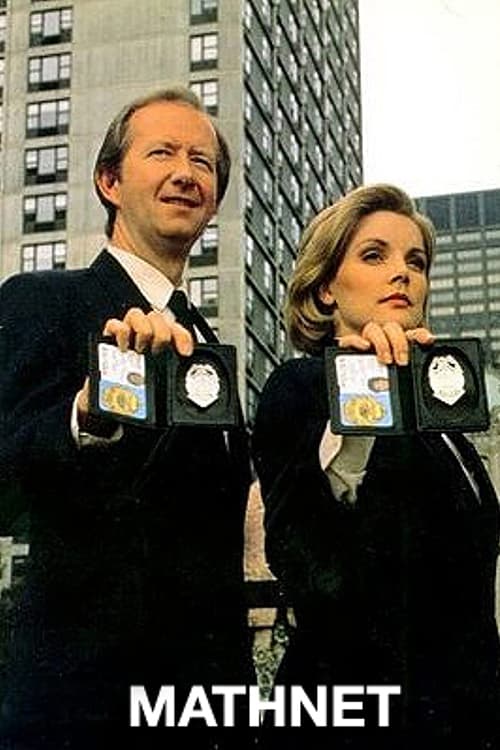
Mathnet
Mathnet is a segment on the children's television show Square One Television, of which five seasons were produced. This parody of Dragnet featured detectives at the Los Angeles Police Department who solved mysteries using their mathematical skills. There were two main characters: detectives Kate Monday and George Frankly. Mary Watson also had a regular role as the duo's technical analyst, Debbie Williams. The third season had the show's setting moved to New York City. Beginning in the fourth season, Kate Monday was replaced by Pat Tuesday. James Earl Jones played a recurring role as Chief Thad Green. He also briefly appears in season 4 and indicates he knows Pat Tuesday. When the duo was transferred to New York, Captain Joe Greco became their new boss and undercover NYPD officer Benny Pill became their semi-regular backup support.
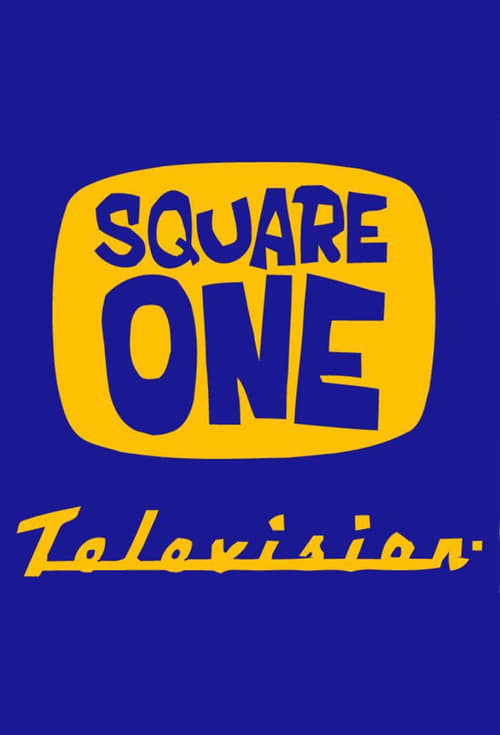
Square One Television
Square One Television is an American children's television program produced by the Children's Television Workshop to teach mathematics and abstract mathematical concepts to young viewers. Created and broadcast by PBS in the United States from January 26, 1987 to November 6, 1992, the show was intended to address the math crisis among American schoolchildren. After the last episode aired, the show went into reruns until May 6, 1994. The show was revived for the 1995–1996 PBS season as a teacher instruction program, Square One TV Math Talk. Square One was also shown on the U.S. cable television channel Noggin in syndication beginning in 1999, but was removed from its lineup along with other Sesame Workshop shows on May 26, 2003.
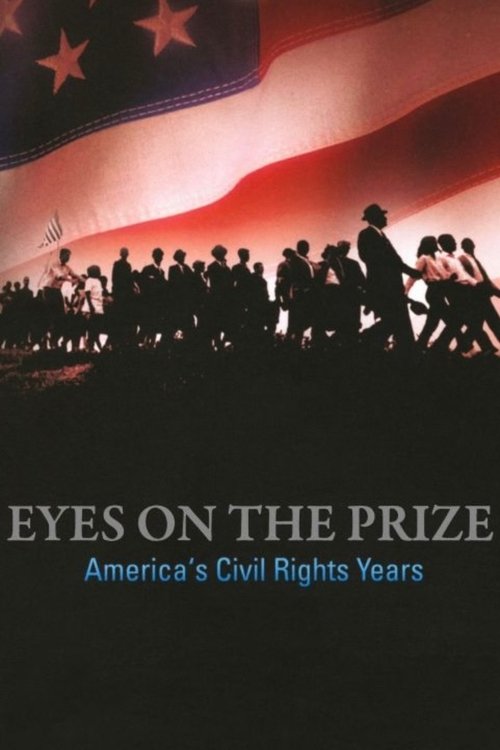
Eyes on the Prize
The definitive story of the Civil Rights era from the point of view of the ordinary men and women whose extraordinary actions launched a movement that changed the fabric of American life, and embodied a struggle whose reverberation continue to be felt today.

The Struggles for Poland
This 9-episodes documentary series extensively examines the history of Poland in the 20th Century, telling the story through archival films, newsreels, interviews, and readings from novels and poems.

Hometime
Hometime is a PBS home improvement television show produced by Hometime Video Publishing, Chaska, Minnesota, in association with WHYY-TV Philadelphia/Wilmington, Delaware, and broadcast on public television and in syndication. It first aired in 1986. In the 1990s, Hometime aired on TLC. Hometime demonstrates both do-it-yourself- and contractor-performed projects, ranging from simple weekend projects to complete homes. Hometime episodes have covered many aspects of home construction and maintenance.
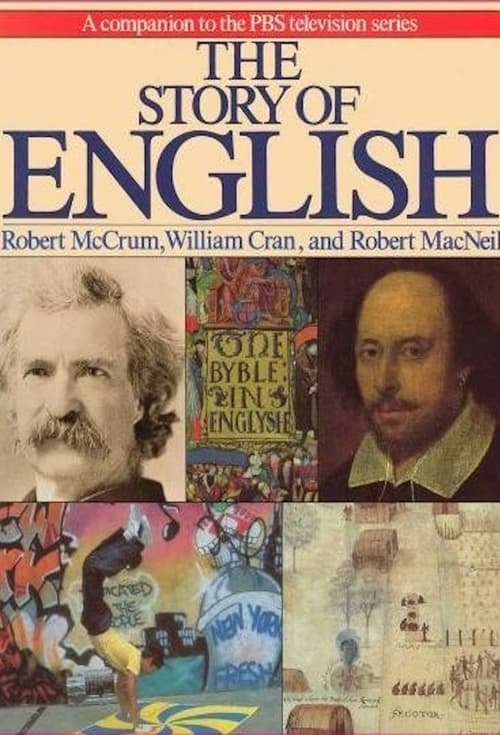
The Story of English
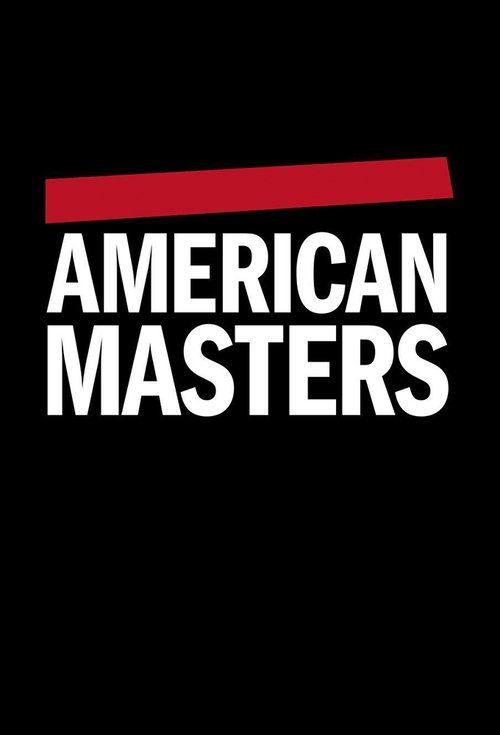
American Masters
American Masters is a PBS television series which produces biographies on enduring writers, musicians, visual and performing artists, dramatists, filmmakers, and others who have left an indelible impression on the cultural landscape of the United States.
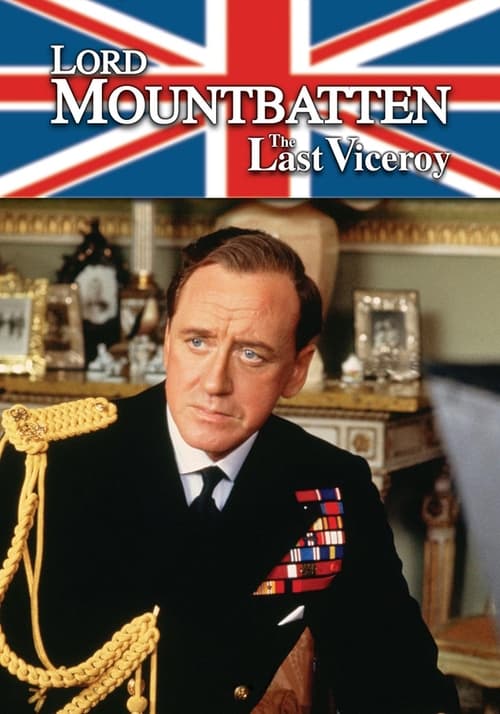
Lord Mountbatten: The Last Viceroy
Lord Mountbatten: The Last Viceroy was a British television series which first aired on ITV in 1986. It depicts Lord Mountbatten's time as Viceroy of India shortly after the Second World War in the days leading up to Indian independence.
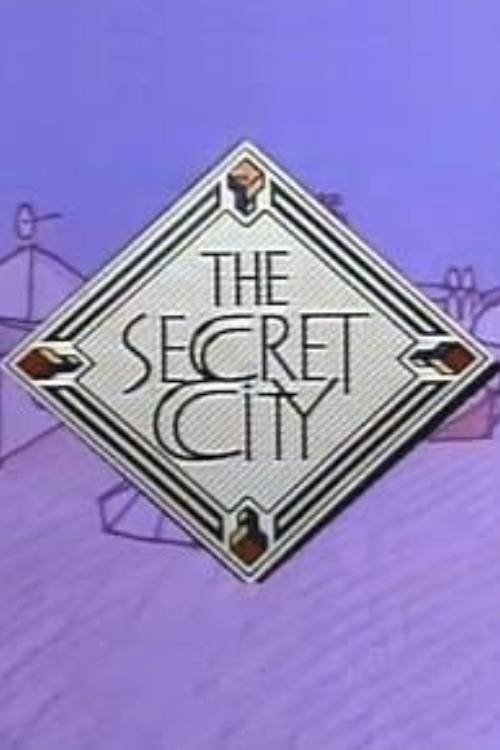
The Secret City
The Secret City was a television program designed to teach children how to draw, starring Mark Kistler as as the fictional ‘Commander Mark’ who led viewers and in-studio club members through various drawing exercises in a sci-fi clubhouse setting full of fun, fantasy, and adventure. While the show’s format essentially prioritizes instruction over narrative, ongoing ‘drama’ is created by the frequent addition of new key features to the emerging scenery of the giant Secret City mural. Often Special Guests would appear on the show to demonstrate other art forms or practical applications for drawing skills. The show was created by John Price & Mark Kistler, based on Bruce McIntyre's AVDP. Much of the series was edited live in-camera and was shot in a somewhat semi-scripted format. It was produced at Maryland Public Television through private funding by Children's Video Associates, and intended for broadcast via national PBS syndication. It also aired on TVOntario.
 0
0Arts-a-Bound!
 0
0Spaceflight
This 4-part documentary miniseries covers the history of manned and unmanned space-flight, from the late 1800s through the mid-1980s.

The Mechanical Universe
The Mechanical Universe... And Beyond, is a 52-part telecourse filmed at the California Institute of Technology, and produced by Caltech and INTELECOM Intelligent Telecommunications. The series introduces university level physics, covering topics from Copernicus to quantum mechanics. Produced starting in 1985, the videos make heavy use of historical dramatizations and visual aids to explain physics concepts. The latter were state of the art at the time, incorporating almost 8 hours of computer animation created by computer graphics pioneer Jim Blinn. Each episode opens and closes with a "phantom" lecture by Caltech professor David Goodstein. After more than a quarter century, the series is still often used as a supplemental teaching aid, for its clear explanation of fundamental concepts such as special relativity. The Mechanical Universe lectures are actual freshman physics lectures from Physics 1a and 1b courses at the California Institute of Technology. The room seen in the videos is the Bridge lecture hall. The series can be purchased, or viewed by streaming from the Annenberg website, or can be viewed on other video streaming sites such as YouTube and Google Video.
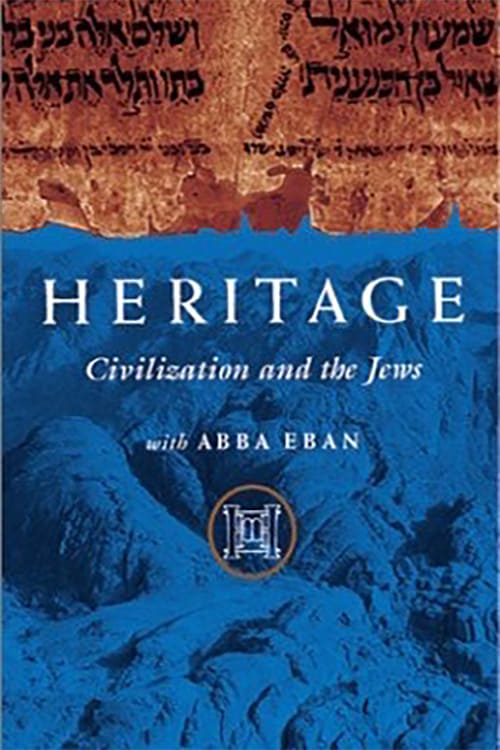 0
0Heritage: Civilization and the Jews
Acclaimed PBS series that recounts the history of the Jewish people from its origins to the current day. The series was written and narrated by the late Abba Eban, an Israeli historian and statesman.
 0
0WonderWorks
Anthology series aimed at children and families. Many of the episodes were based on popular children's and young adult novels.

The Voyage of the Mimi
The Voyage of the Mimi and The Second Voyage of the Mimi are groundbreaking programs created by The Bank Street College of Education. They were among the first multimedia materials to use interactive technologies in an inquiry-based, integrated approach to teaching and learning for the middle grades, with an emphasis on science and mathematics. They consist of video, software, and print materials, including lesson plans, hands-on activities, and student-directed and collaborative projects. The 13 video episodes of The Voyage of the Mimi take students and teachers on a scientific expedition to study whales. The 12 video episodes of The Second Voyage tell the story of archaeologists in search of a lost Mayan city. The videos consist of dramatic episodes paired with a related documentary-style "expeditions." The dramatic episodes present an exciting, reality-based adventure/drama. The expeditions visit real places to witness scientists at work.
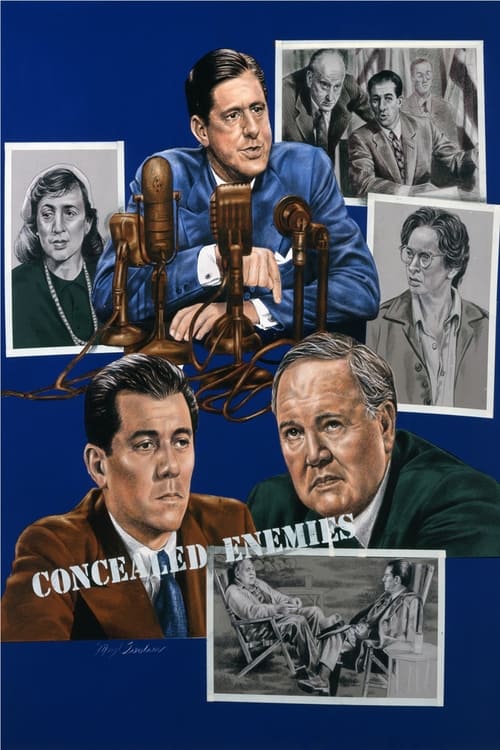 0
0Concealed Enemies
Concealed Enemies is an American television docudrama of the events leading to the arrest, conviction, and imprisonment of former U.S. State Department official Alger Hiss.
 0
0The Compleat Gilbert & Sullivan
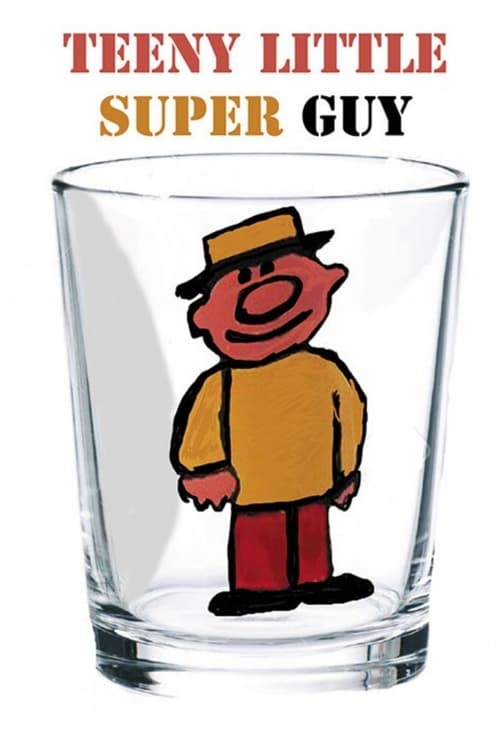
Teeny Little Super Guy
Teeny Little Super Guy was an animated short featured on PBS's Sesame Street. The shorts featured a small animated man, the Teeny Little Super Guy, who resides in a live-action, regular-sized kitchen. Robert W. Morrow described the shorts as including "parables of childhood conflict and striving."